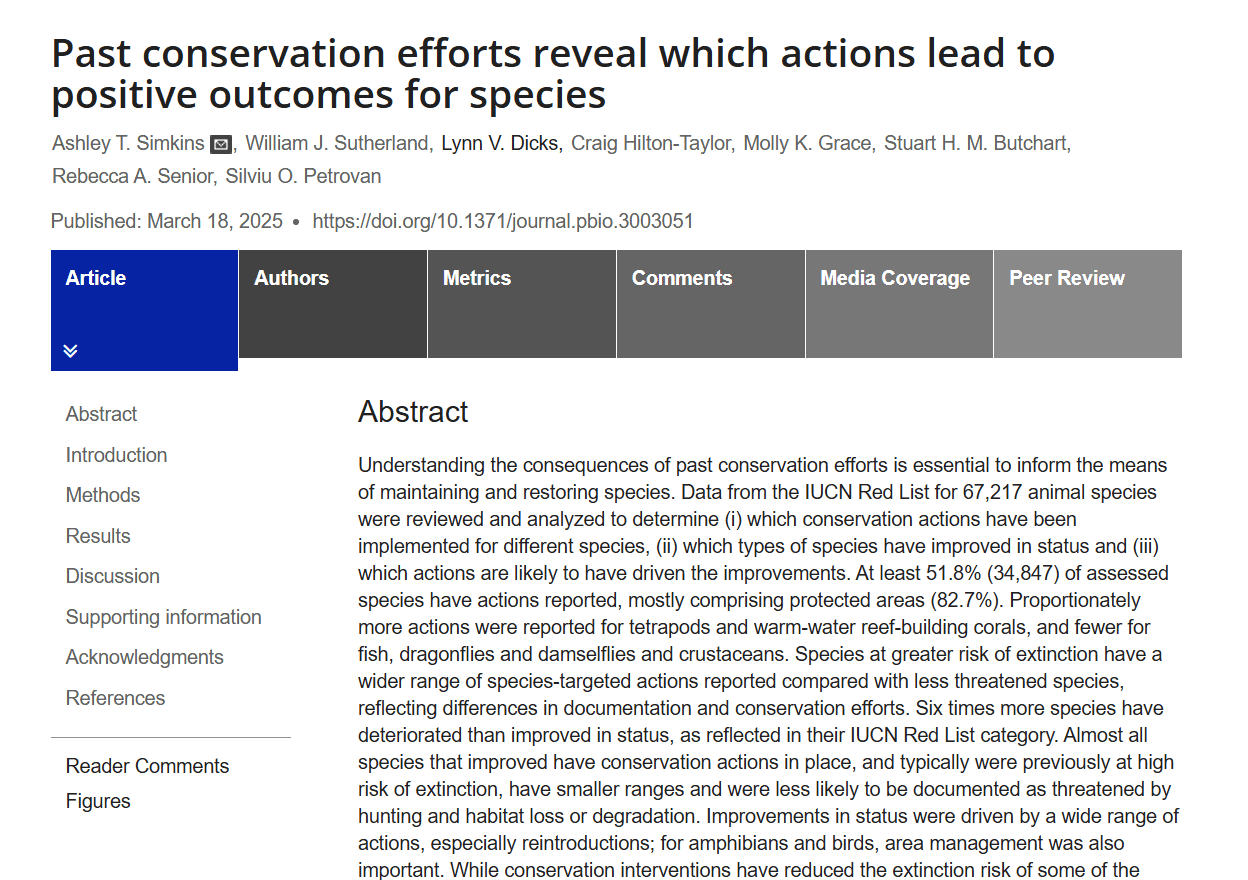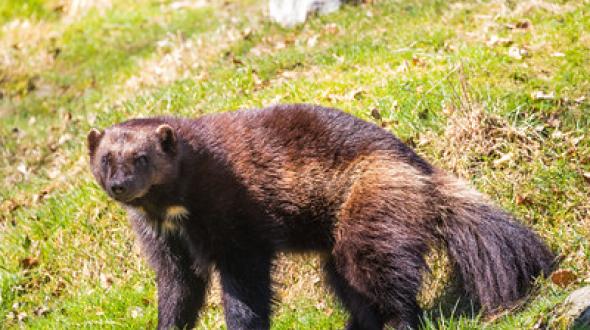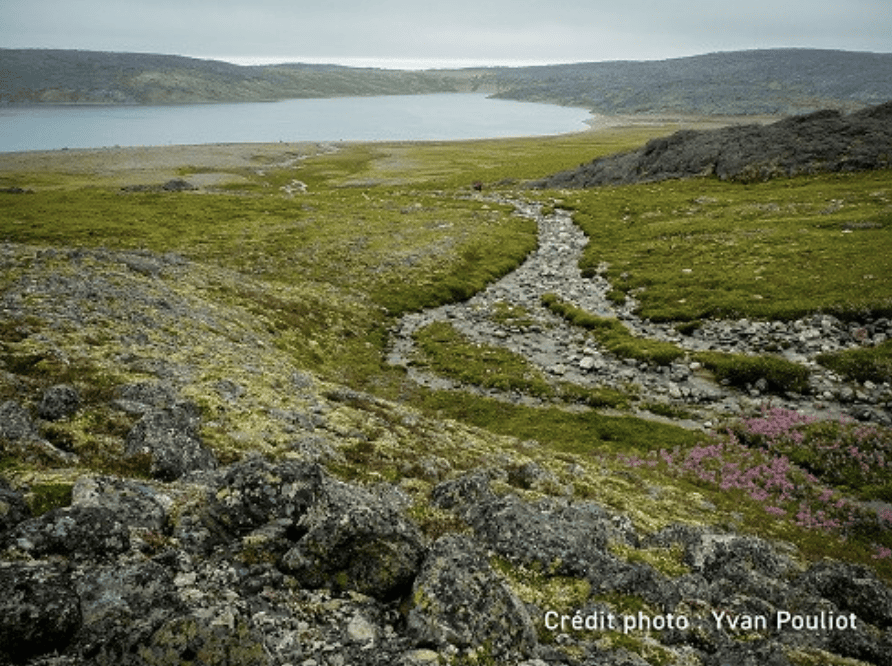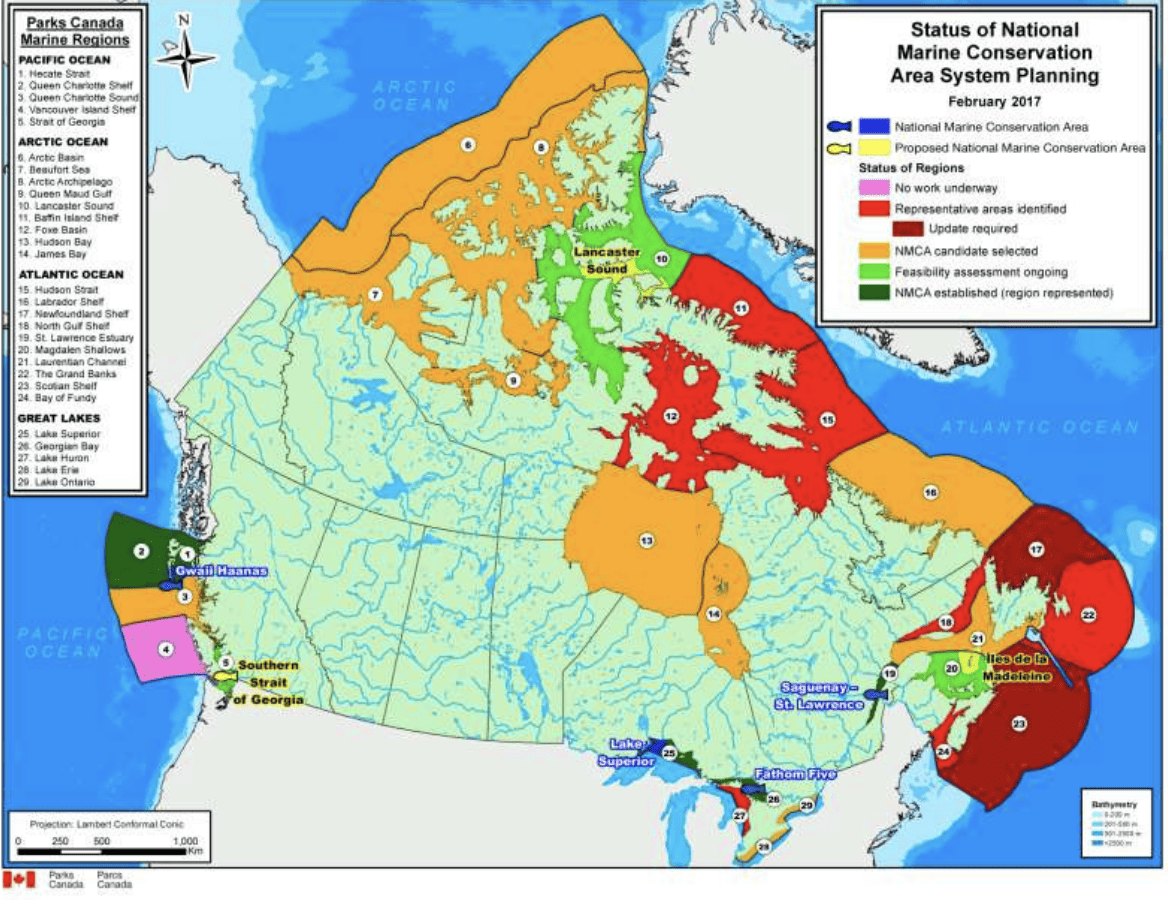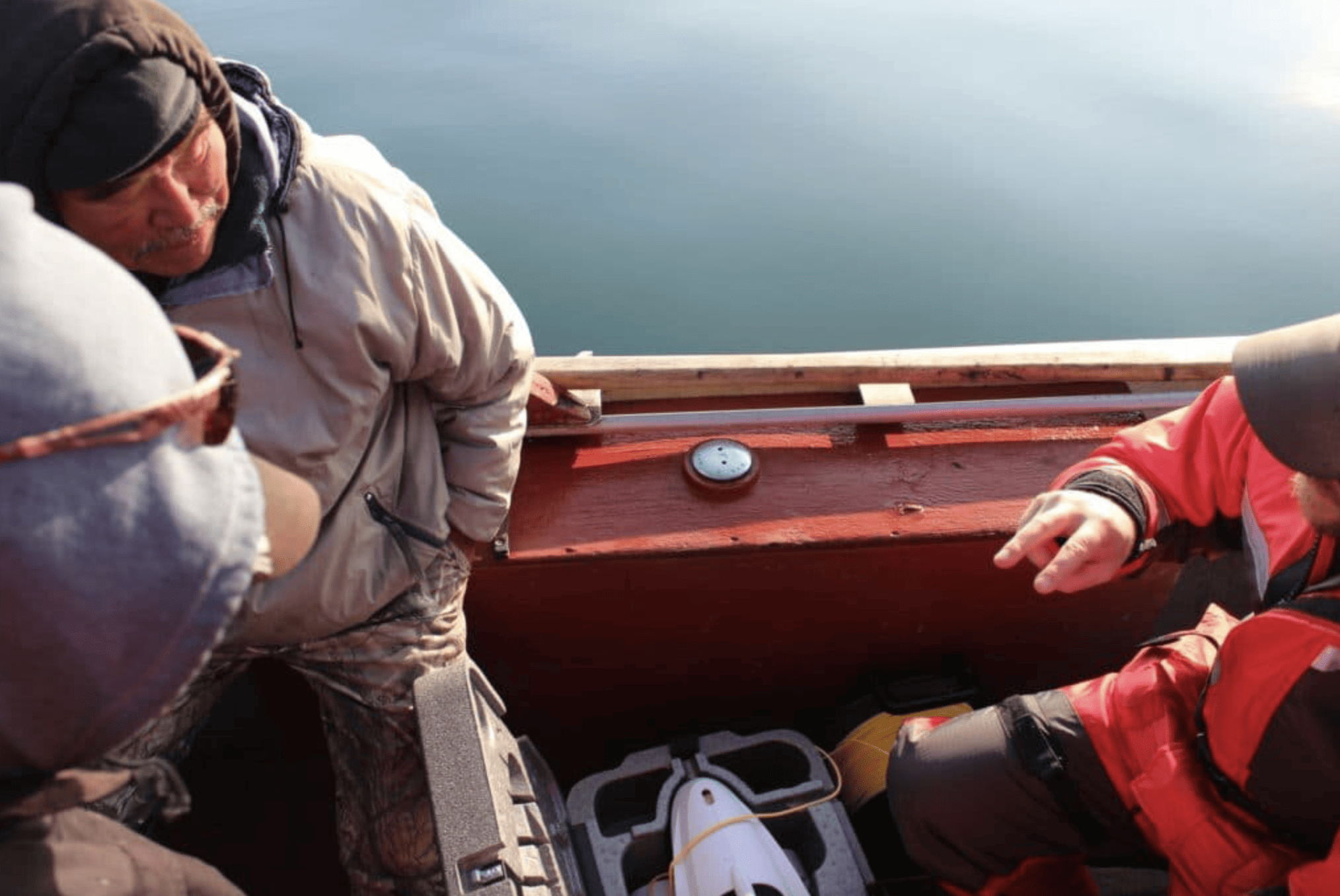Past conservation efforts reveal which actions lead to positive outcomes for species
This article shows that conservation efforts have helped some species recover, but many more are still declining. Actions like creating protected areas and reintroducing species can work, especially for animals at high risk, but full recovery is rare.

